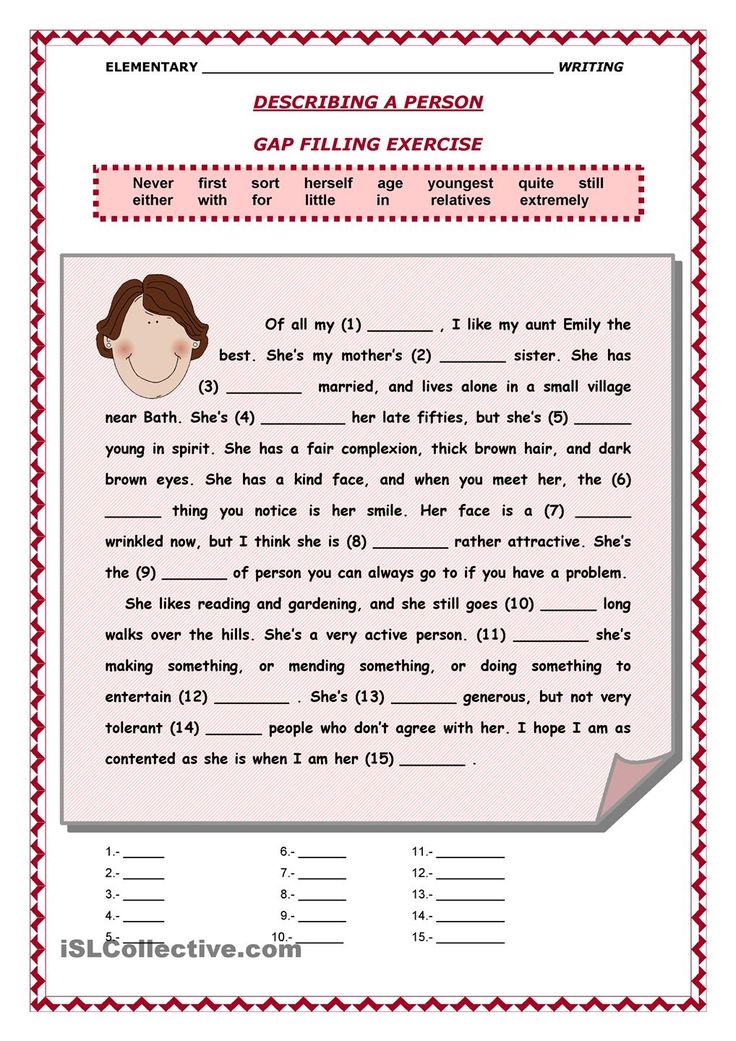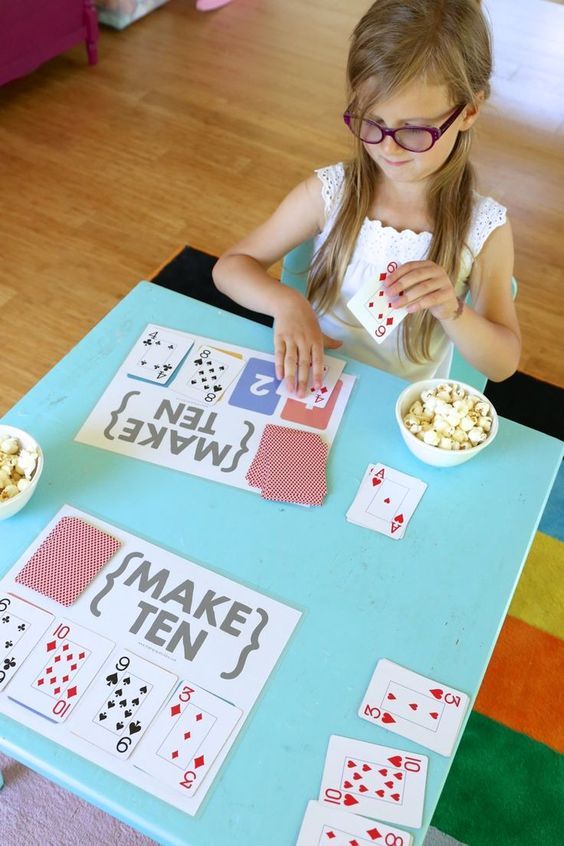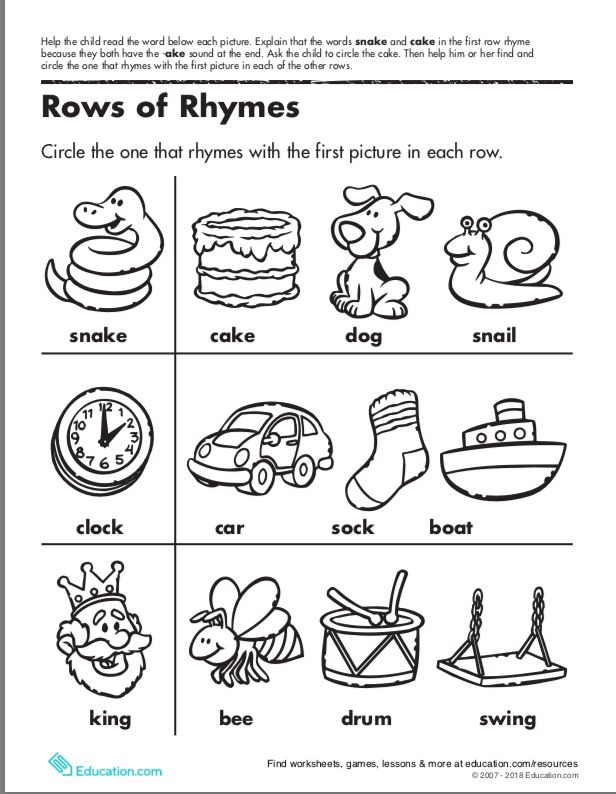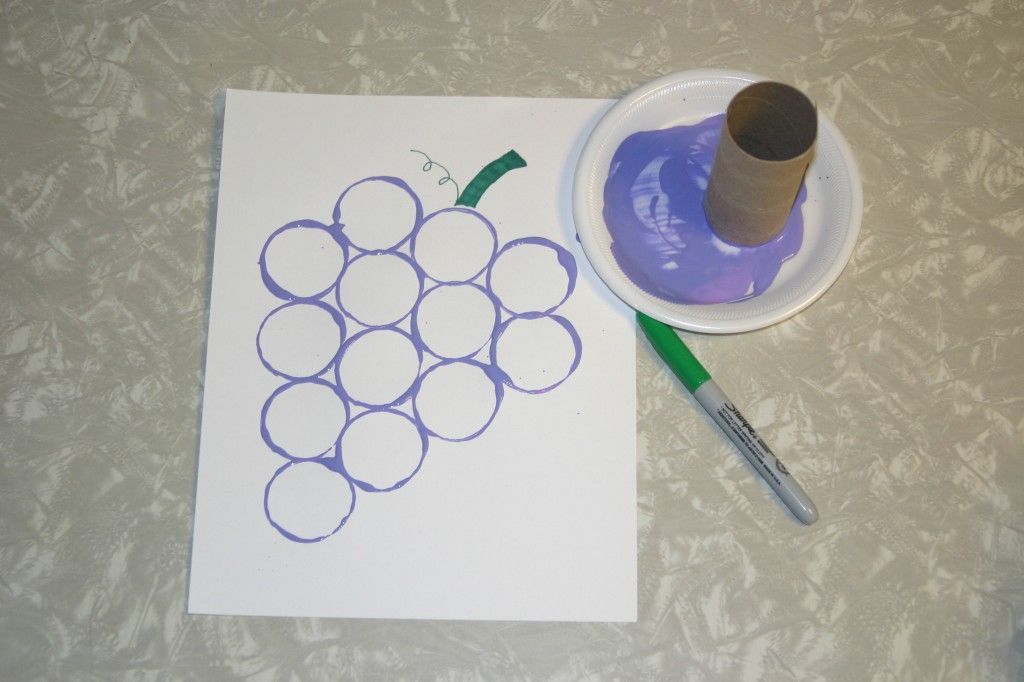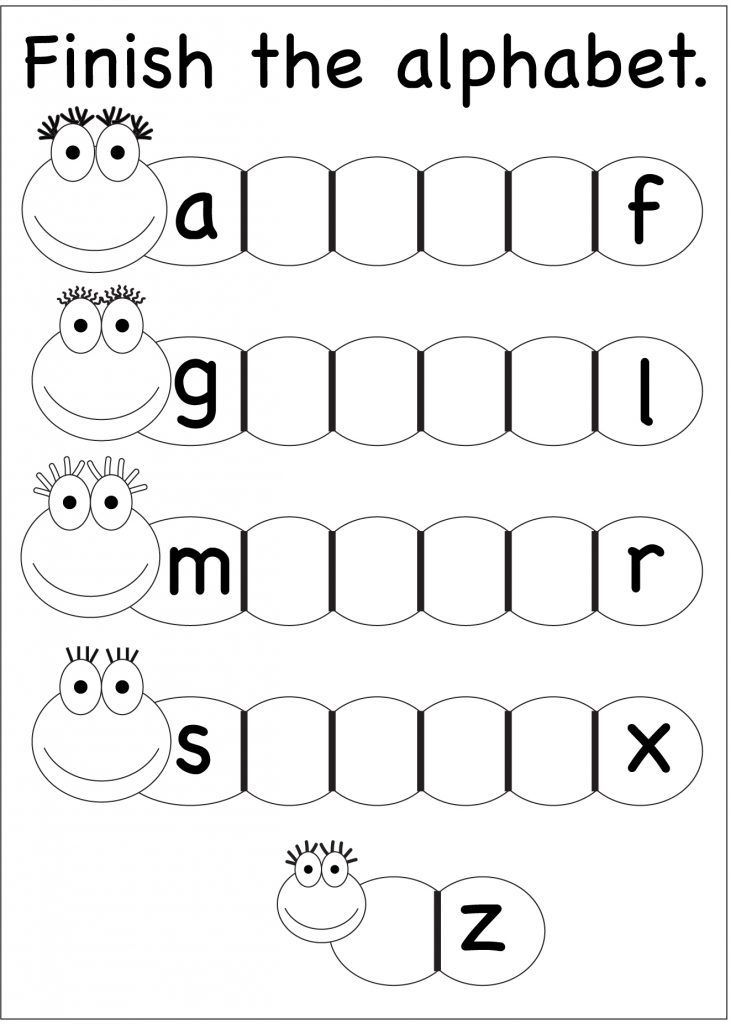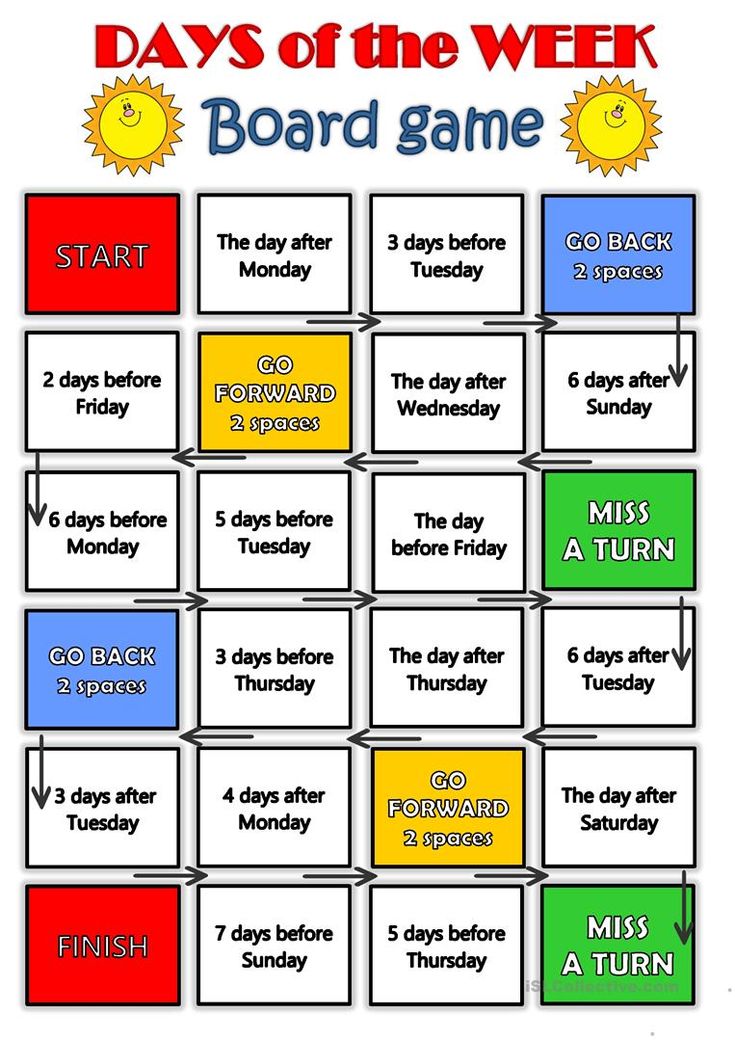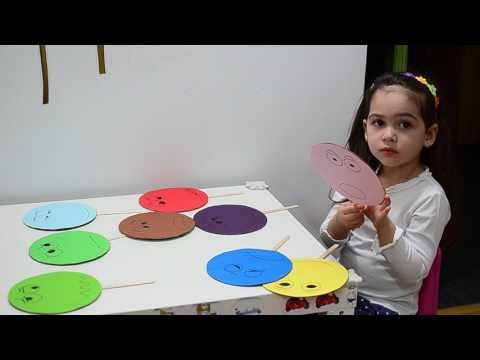Writing a description for kids
Descriptive Writing | Classroom Strategies
The Little Red Hen (Makes a Pizza)
By: Philemon Sturges
Age Level: 3-6
Reading Level: Beginning Reader
In this spin-off off from the traditional tale, the indomitable bread-making Little Red Hen makes pizza. Describe why her friends wouldn't help her and in the order they refused her request. Make the pizza, its maker, and the ingredients irresistible in your description. Compare it to a time-honored version.
Read a Rhyme, Write a Rhyme
By: Jack Prelutsky
Age Level: 6-9
Reading Level: Independent Reader
A prolific (and popular) poet, Prelutsky provides poem starters for slightly older children. Young poets can either finish the "poemstarts" suggested here or create their own original poem.
Glass Slipper, Gold Sandal: A Worldwide Cinderella
By: Paul Fleischman
Genre: Fiction, Fairytales, Folk Tales, and Tall Tales
Age Level: 9-12
Reading Level: Independent Reader
Cinderella stories are found around the world; here, they have been fused into one tale with special characteristics in text and illustrations that reflect the different origins. Expand parts of the story to echo the traditions of the culture and its history from which it comes. It may be possible to develop a map of tales (e.g., ancient vs. modern countries, or as a visual as to where it is/was told).
Each Orange Had 8 Slices: A Counting Book
By: Paul Giganti
Age Level: 6-9
Reading Level: Independent Reader
Counting is fun especially in this sophisticated but accessible and handsomely illustrated book. Various situations are introduced in straightforward sentences followed by questions that are answered by counting. Describe each situation in the order presented.
A Drop of Water: A Book of Science and Wonder
By: Walter Wick
Genre: Nonfiction
Age Level: 9-12
Reading Level: Independent Reader
Arresting photographs of water in various states not only introduces water but also weather, solids and liquids, and more. The sophisticated text further encourages experimentation and observation, although is not necessary to use the entire book with younger children.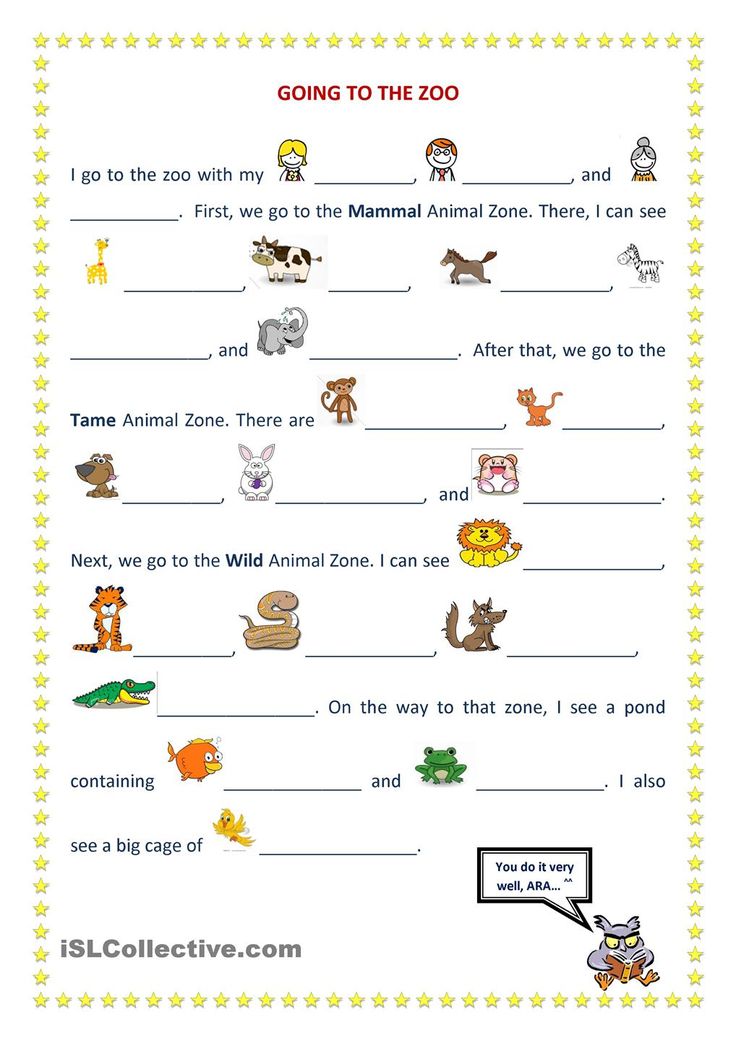
26 Letters and 99 Cents
By: Tana Hoban
Age Level: 3-6
Reading Level: Beginning Reader
Sequencing, sets, counting, and money (coins) are introduced in crisp photographs in this wordless concept book. Upper and lower case letters from A to Z with attendant objects are half of the book; turn it over and numbers, counting, and more are presented.
I Face the Wind
By: Vicki Cobb
Genre: Nonfiction
Age Level: 6-9
Reading Level: Independent Reader
Children are encouraged to observe as experiment as they learn about wind and air as well as practice science writing by describing their findings.
Benny's Pennies
By: Pat Brisson
Age Level: 6-9
Reading Level: Beginning Reader
A boy has five pennies and spends them one at a time as he meets people during a walk. Told in rhyme, this cumulative story is appealing and well supported by illustration.
Jack and the Beanstalk
By: Nina Crews
Genre: Fiction, Fairytales, Folk Tales, and Tall Tales
Age Level: 3-6
Reading Level: Beginning Reader
The traditional tale of a boy who planted magic beans is reimagined as a city story of a spell broken. Illustrations are photographs that have been manipulated for good effect.
Illustrations are photographs that have been manipulated for good effect.
Soup Day
By: Melissa Iwai
Genre: Fiction
Age Level: 0-3
Reading Level: Pre-Reader
A mother and her child get the ingredients for soup on a snowy day and then add everything to the pot. The pair plays snug and warm while the soup simmers until Dad comes home when they enjoy soup together. Crisp collage and a simple text make for a cozy read.
No Easy Way: The Story of Ted Williams and the Last .400 Season
By: Fred Bowen
Genre: Nonfiction, Biography
Age Level: 9-12
Reading Level: Independent Reader
Ted Williams never flinched at hard work or a challenge. In his last season with the Boston Red Sox, Williams had to decide if he wanted to take the chance and lose his rare .400 average or go to bat. Williams' decision creates a riveting read in this handsome and thoughtful look at one man's ethics and the times in which he lived.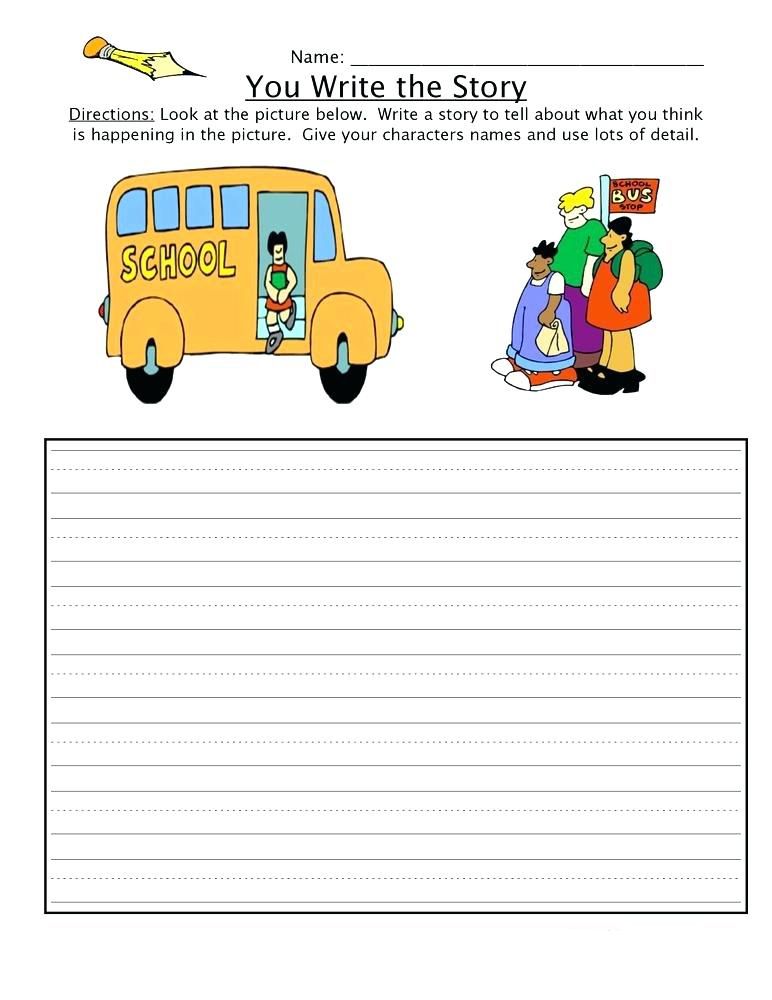
The Boy Who Invented TV: The Story of Philo Farnsworth
By: Kathleen Krull
Genre: Nonfiction, Biography
Age Level: 6-9
Reading Level: Independent Reader
Two machines captivated young Philo Farnsworth: a telephone and a phonograph. Both had cranks and both connected people with others (one in real time, the other through music). These and other inspirations motivated young Philo to invent what was to become known as the television. His early story is fascinatingly told and well illustrated.
Moonshot: The Flight of Apollo 11
By: Brian Floca
Genre: Nonfiction
Age Level: 6-9
Reading Level: Independent Reader
Relive the journey of the Apollo 11 where the first people stepped on the Moon's surface and saw Earth from a very different perspective. Eloquent language and illustrations combine to present this historical event in a unique, unforgettable way.
If America Were a Village: A Book About the People of the United States
By: David Smith
Genre: Nonfiction
Age Level: 6-9
Reading Level: Independent Reader
If all of the 300 million people were simply one village of 100 people, its diversity is easier to understand.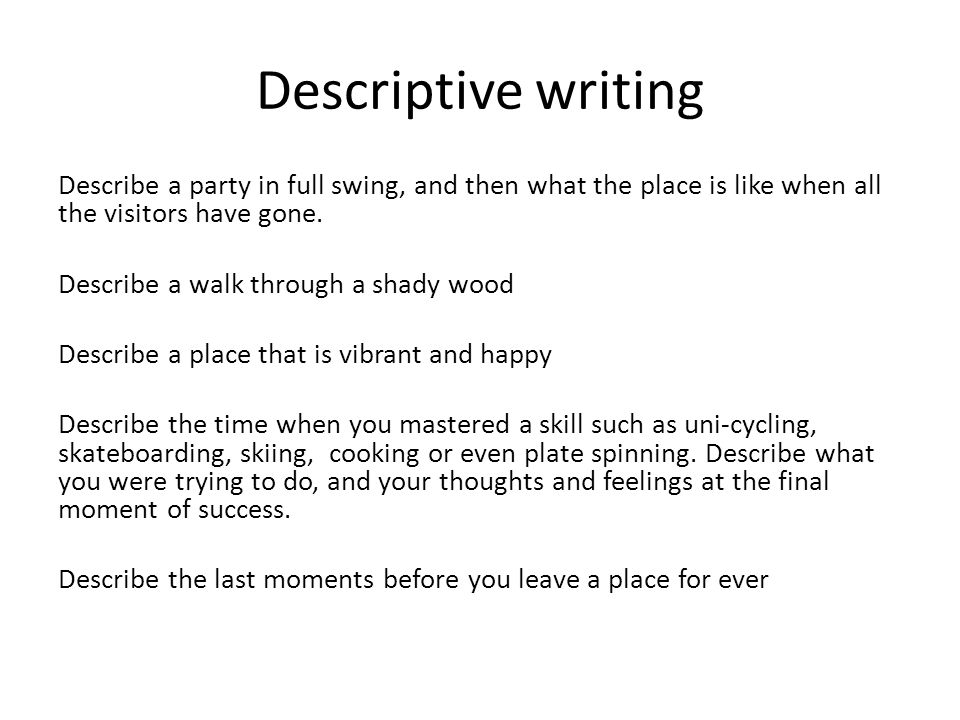 That's just what the author has done to make the complex make-up of the U.S. residents (in terms of languages spoken, ages, and more). Colorful illustrations accompany the understandable text. Additional resources complete the book. If the World Were a Village: A Book About the World’s People, also by Smith, looks at the inhabitants of the world as a village to allow its diversity to become more understandable for adults and children.
That's just what the author has done to make the complex make-up of the U.S. residents (in terms of languages spoken, ages, and more). Colorful illustrations accompany the understandable text. Additional resources complete the book. If the World Were a Village: A Book About the World’s People, also by Smith, looks at the inhabitants of the world as a village to allow its diversity to become more understandable for adults and children.
One World, One Day
By: Barbara Kerley
Genre: Nonfiction
Age Level: 3-6
Reading Level: Beginning Reader
Every day children around the world awake to begin their days having breakfast, going to school, coming home to families. A poetic text combines with photographs from myriad countries to visually highlight the richness of the world and its people.
10 Minutes Till Bedtime
By: Peggy Rathmann
Genre: Fiction
Age Level: 3-6
Reading Level: Beginning Reader
At One Hoppin' Place, the countdown to bedtime is about to begin when a family of hamsters — a mother and father with nine kids and a baby all wearing numbered striped jerseys — arrives at the front door.
The Mysterious Tadpole
By: Steven Kellogg
Genre: Fiction, Fantasy
Age Level: 3-6
Reading Level: Beginning Reader
When Louis' uncle sends a tadpole from a certain lake in Scotland, the small tadpole grows to enormous proportions. With the help of a resourceful librarian, Louis figures out a way to feed his large and ever-hungry Alphonse as well as determine a permanent solution. Humor abounds in this contemporary classic.
Martin's Big Words: The Life of Dr. Martin Luther King, Jr.
By: Doreen Rappaport
Genre: Biography, Nonfiction
Age Level: 6-9
Reading Level: Beginning Reader
Martin Luther King Jr. grew up fascinated by big words. He would later go on to use these words to inspire a nation and call people to action. In this award-winning book, powerful portraits of King show how he used words, not weapons, to fight injustice.
Squids Will Be Squids
By: Jon Scieszka
Age Level: 3-6
Reading Level: Beginning Reader
Scieszka and Smith set sights on creating fresh fables — short traditional tales intended to teach a moral lesson. With humorous twists and take-offs, new, different and wacky fables are presented for readers' edification and amusement.
With humorous twists and take-offs, new, different and wacky fables are presented for readers' edification and amusement.
Science Verse
By: Jon Scieszka
Genre: Poetry
Age Level: 6-9
Reading Level: Independent Reader
This boy's curse begins when his teacher suggests that the "poetry of science" can be heard everywhere. From Moore to Frost, familiar poems are parodied and turned into science verse. Again art and illustration are inseparable as are the laughs in this offbeat look at science.
How to Create for Young Readers
By Brooke Thompson
Writing enchanting scene descriptions can be a difficult task to accomplish when developing your children’s story. We often ask ourselves questions like:
Is this enough description?
Is this too much?
Where do I draw the line?
There are many factors that play into creating scene descriptions. This type of description all depends on your audience. The amount of detail you use in describing a scene should be tuned to the age group you are writing for.
For example, you would not write a detailed paragraph about a scene for a children’s book geared toward 1st graders, nor would you write a two-sentence description of a scene for a young adult novel.
This article will provide some examples from famous children and young adult novels that will show you how other authors set up scenes that engage their audience. These tips have proved invaluable to improve your writing, especially if you self-publish your children’s books.
Table of Contents
Writing Scene Descriptions for Young ReadersYou may also like: What NOT to Do When Self-Publishing Children’s BooksWriting for Kids under 7
When writing scene descriptions for young children, especially kids under 7, it is best to keep it simple. Over-explaining the scenery or what is happening will likely bore the child and might even turn them off from reading. Therefore, keep descriptions minimal.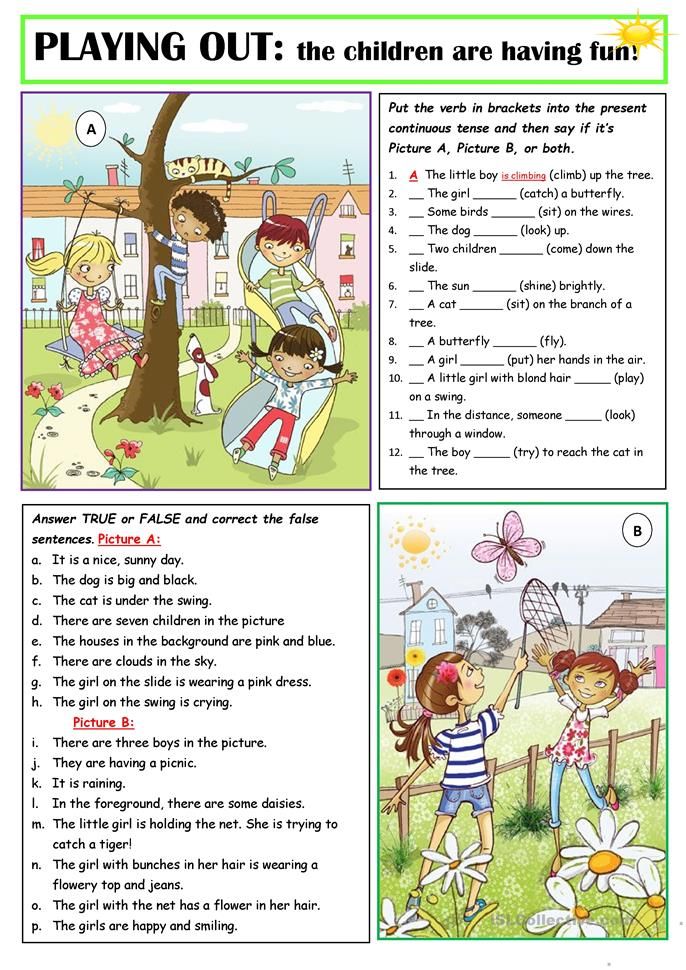
Look at this example from the children’s book Curious George Gets a Medal by H. A. and Margret Rey:
“But instead of going into the pen the ink spilled all over and made a big blue puddle on the floor. It was an awful mess.”
In this passage, the Reys use simple adjectives to describe the situation. Short descriptions, such as “big blue puddle” and “awful mess,” highlight the way you can capture a scene in just a few brief words.
CLICK FOR THE NEWSLETTER AND BE THE FIRST TO KNOW ABOUT OUR UPDATESWriting for Children 7-10When writing scene descriptions for children between the ages of 7-10, you can start introducing a little more detail in your paragraphs. Again, use details sparingly as lengthy paragraphs can easily turn off young readers.
Take some time setting up your scene, too. You don’t have to mention all that is happening right away. Lay out subtle cues about your setting and use the five senses.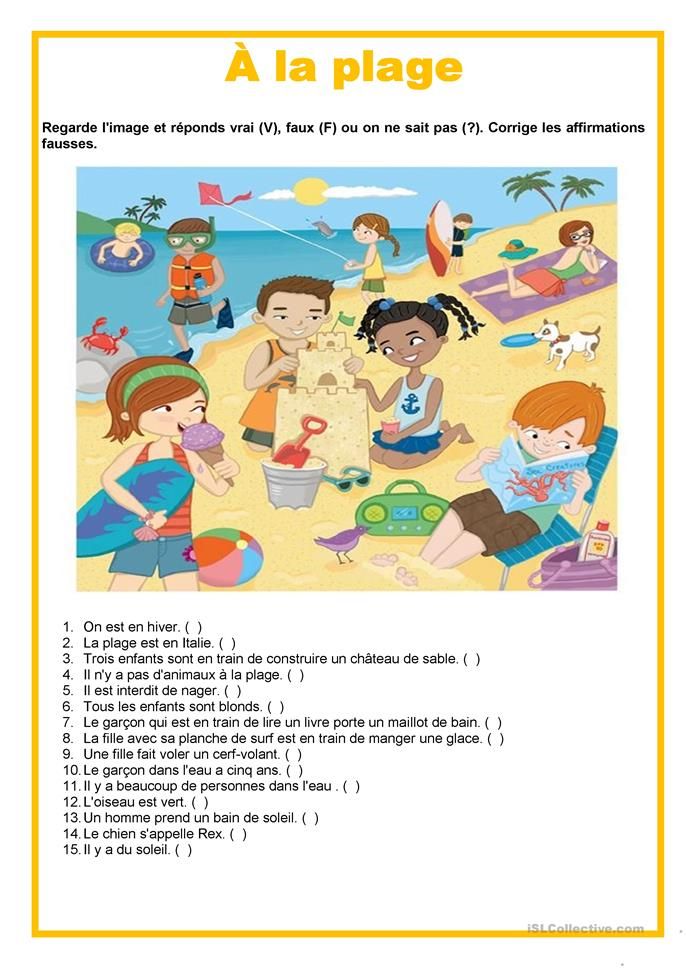
Let’s examine another example. In American Girl: Meet Felicity by Valerie Tripp, the author gradually sets up the scene of Felicity entering her father’s store. The slow introduction of detail about the setting allows the reader to immerse themselves in the protagonist’s world.
Tripp first uses the sense of smell, rather than sight, to open the scene:
“Felicity Merriman pushed open the door to her father’s store and took a deep breath. She loved the smell of coffee beans and chocolate, of pine soap, spice tea, and apples. No other place in the world smelled as good as her father’s store.”
Tripp next uses taste and sight to describe the setting:
“She popped the candy in her mouth and tasted its sharp sweetness. While her father weighed the ginger root and wrapped it in newspaper, Felicity looked around the store. The shelves were crowded with bolts of cloth, bowls, bottles, kettles and coffee pots.”
The reader easily pictures what kind of environment Felicity is in because it is described as she interacts with her surroundings.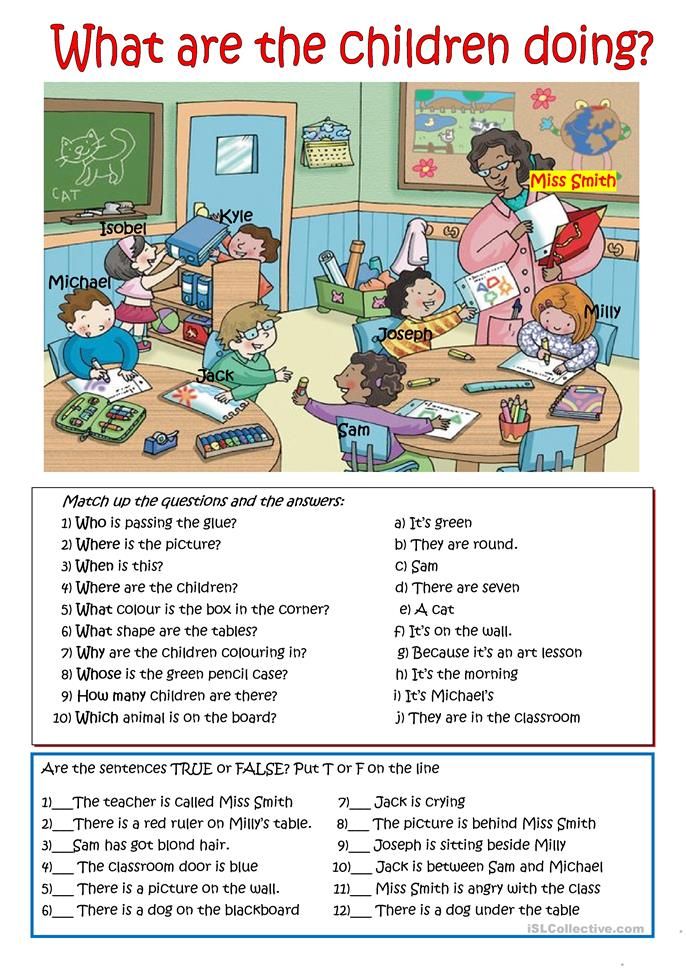 Tripp’s use of the five senses recreates the scene for readers as the sights and smells appeal to their own senses.
Tripp’s use of the five senses recreates the scene for readers as the sights and smells appeal to their own senses.
When writing for teens, you have a lot more leeway for how detailed a paragraph should be. Remember the golden rule of writing: show, don’t tell. This means demonstrate to your audience what is going on, don’t simply tell them.
Write how you picture a scene, then add descriptive details. For example, don’t say: “Thalia had to cancel her plans because the sky looked as if it would rain.”
Instead do say, “Thalia realized she had to cancel her plans when she stepped out onto her porch. The air felt sticky and was surprisingly warm for an early spring day. She looked up at the sky. Swollen, gray clouds covered the once pretty blue sky, threatening to dispense rain at any given moment.”
The first example is simply telling the audience what the sky looked like. While the second example is showing the audience what the sky looks like, it also gives a better description of what is happening with the weather.
Beware: When describing a scene, do not write one long paragraph of details. That will get more books closed and forgotten than anything else.
Instead, break it up between two to three paragraphs, like the example from Meet Felicity. Keeping your descriptions moderately brief will not only progress the story, but also make it both interesting and immersive.
Let’s look at Cassandra Clare’s Mortal Instruments: City of Fallen Angels.
“It was mid-October, and they’d just put their Halloween decorations up—a wobbly sign that said TRICK-OR-BORSCHT! and a fake cardboard cutout vampire nicknamed Count Blintzula. Once upon a time Simon and Clary had found the cheesy holiday decorations hilarious, but the Count, with his fake fangs and black cape, didn’t strike Simon as quite so funny anymore.”
Notice how Clare describes Simon’s environment yet is able to keep the scene moving? By having Simon interact with his surroundings, little details about the scenery are also able to say something about the story.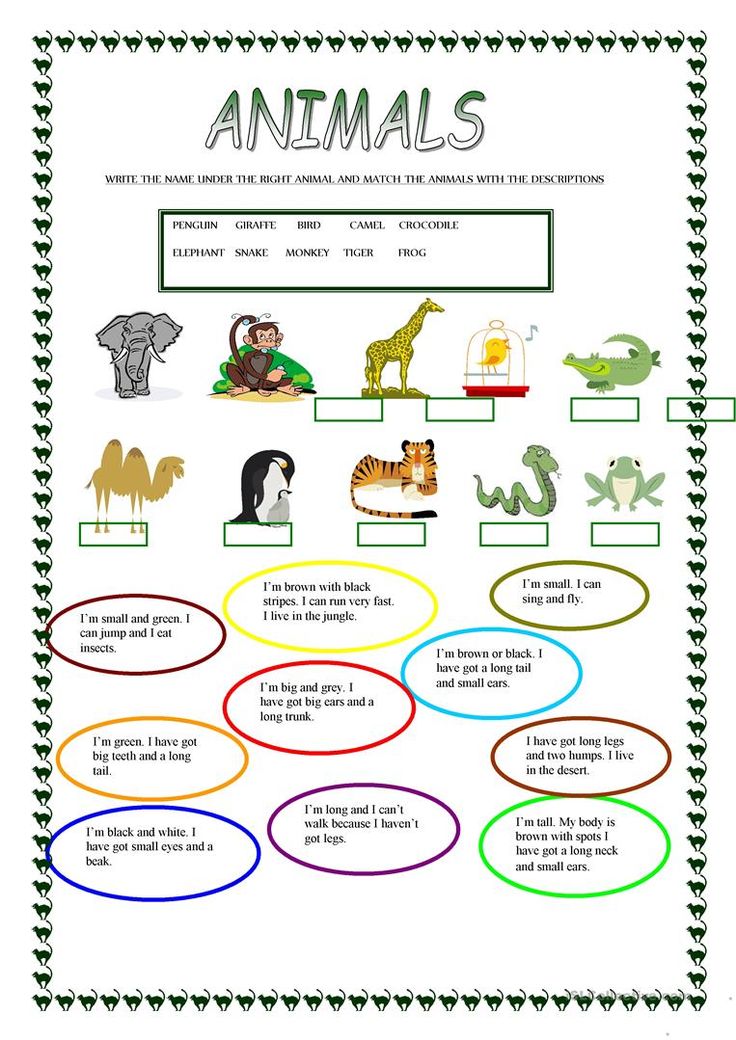
“Simon glanced toward the window. It was a brisk night, and the wind was blowing leaves across Second Avenue like handfuls of thrown confetti.”
The description of the “cheesy holiday decorations,” and Simon’s changed feelings about them, give the reader a clear picture of where Simon is, but also gives them clues about the scene’s significance in Simon’s thoughts.
Better yet, sign up to receive the newsletter and be the first to know about our updates. Final Thoughts on Writing Scene DescriptionsLike character descriptions, writing scene descriptions is an important part of developing a satisfying story for youngsters.
Describing a scene might seem daunting, but once you get into the mode and let your creative juices flow, you will nail it.
You know what your scene looks like, so just write it out. As long as you remember the golden rule of writing: show, don’t tell, you are on your way to creating scene descriptions that will amaze young readers.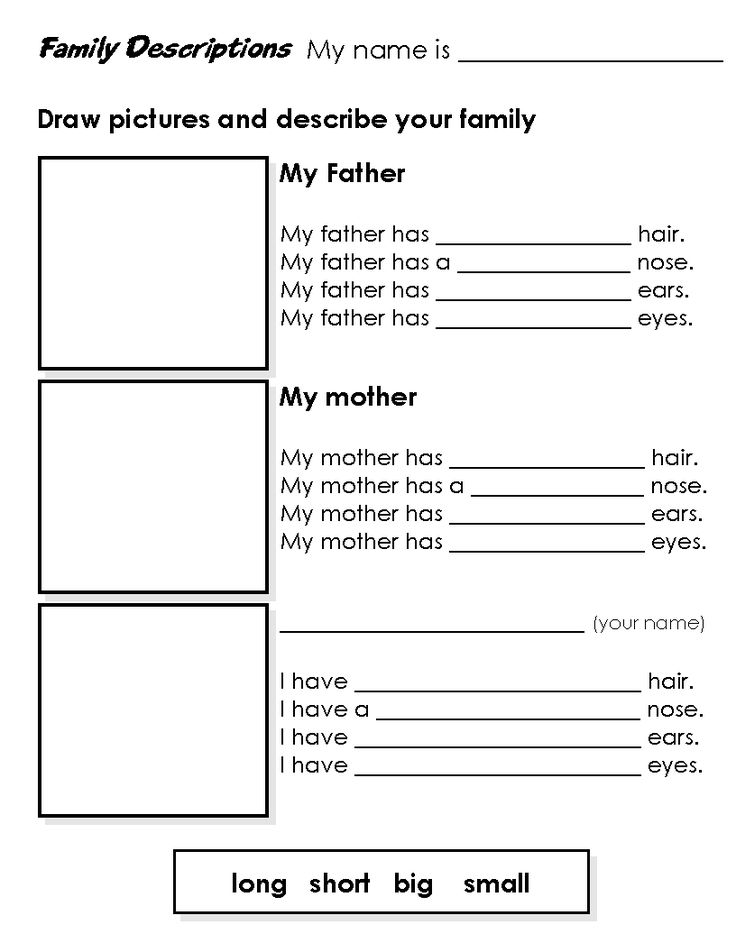
Toy copywriter. Writing texts about games, children's topics.
Examples of works by theme (click to open)
Beautiful design and catchy advertising are enough to make the toy sink into the child's soul, after which 90% of parents will buy it for their child. On the Internet, this is also possible - the main thing is to choose the right text for the toys being sold.
Children are an inexhaustible source of clients in the right hands. This article will provide detailed requirements that will help you in choosing a copywriter for materials about children's toys.
How does the copywriter describe the different types of
toys in the text?
Target audience for texts about toys
The main principle is that both adults and children should understand the material.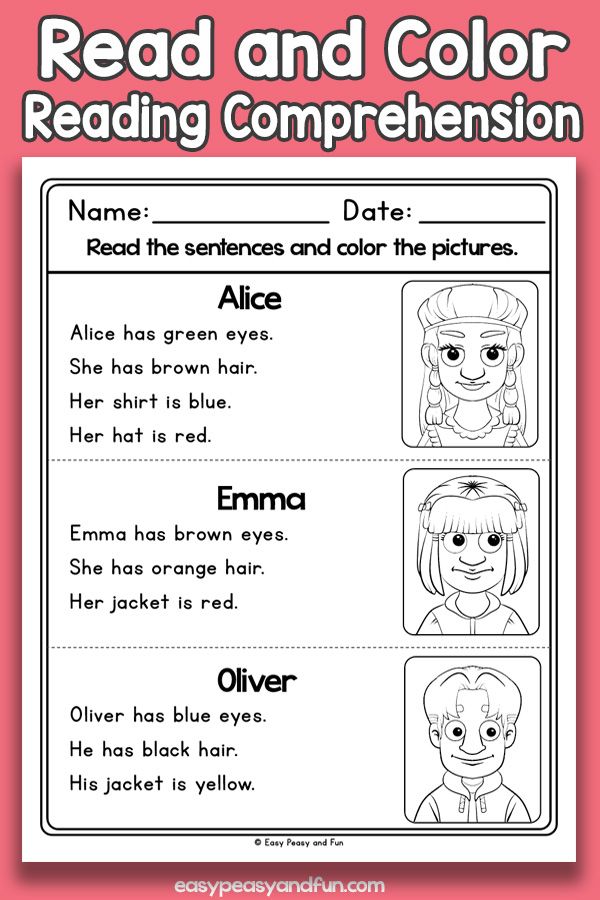 Now children often use the Internet, starting from 5-7 years. The decision to buy is made by the parents, but the child strongly influences them with his requests and attention to a certain toy.
Now children often use the Internet, starting from 5-7 years. The decision to buy is made by the parents, but the child strongly influences them with his requests and attention to a certain toy.
Ideally, the text on your site should hit both audiences at the same time, but that's impossible. Their interests and needs are too different. Therefore, an algorithm must operate: the older the children, the more the texts are aimed at them, and not at the parents. The opinion of a baby about rattles is unlikely to be asked, but a 12-year-old schoolboy may well buy himself an interesting toy with pocket money.
Similar articles
Internet stores
Every owner of an online store knows that a correct product description can increase its sales several times.
Read more
Children's copywriter
A teacher copywriter, for example, can write exciting posts about family, children, and more.
Read more
It is often important for children to have a story associated with a toy.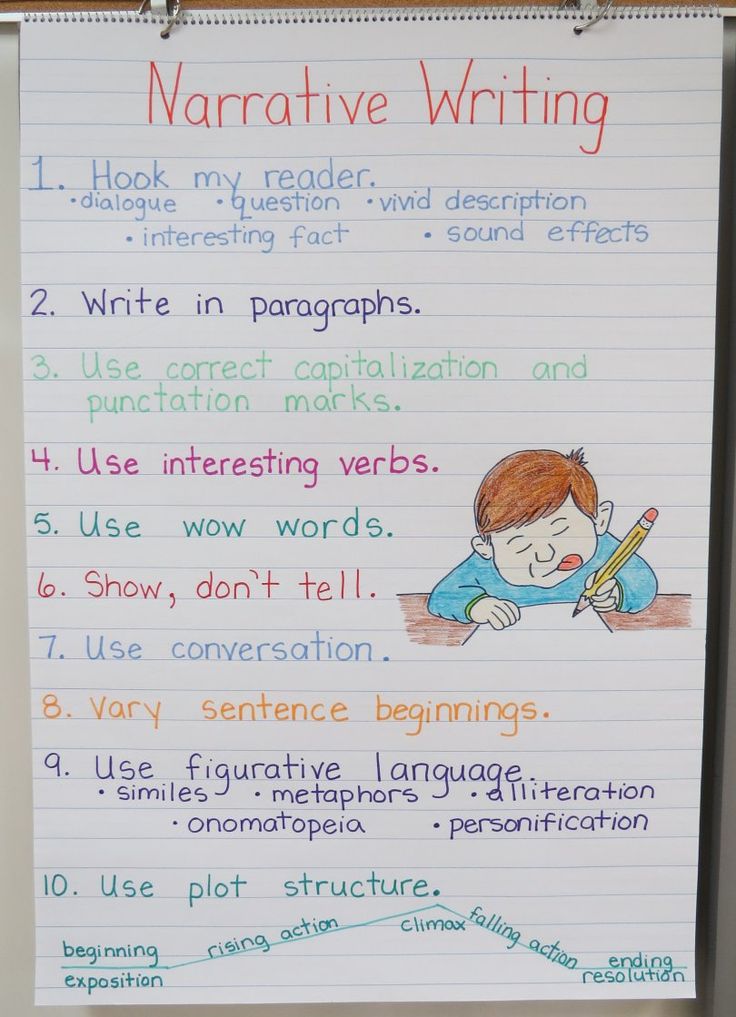 If the product is branded (for example, it is a famous cartoon character), be sure to include the plot in the accompanying text, this will tie the child to the product that has not yet been purchased. You can break down the features of toy descriptions into the following categories:
If the product is branded (for example, it is a famous cartoon character), be sure to include the plot in the accompanying text, this will tie the child to the product that has not yet been purchased. You can break down the features of toy descriptions into the following categories:
Soft toys
Mainly bought for children under 7 years old. It is important for a copywriter to mention eco-friendly materials. Many parents are now worried about what their children will be messing with all day.
Toys for children under 3
Baby gets bored with a new rattle too quickly. It is necessary to emphasize the uniqueness of each toy, its ability to give new impressions every time.
Educational toys and board games
The spectrum here is extremely wide. In the category there are also cards with letters for very young children, and children's options for more serious entertainment, for example, Monopoly.
Electronic, "live toys"
The copywriter talks about the functionality, purpose and various "chips" that the toy has.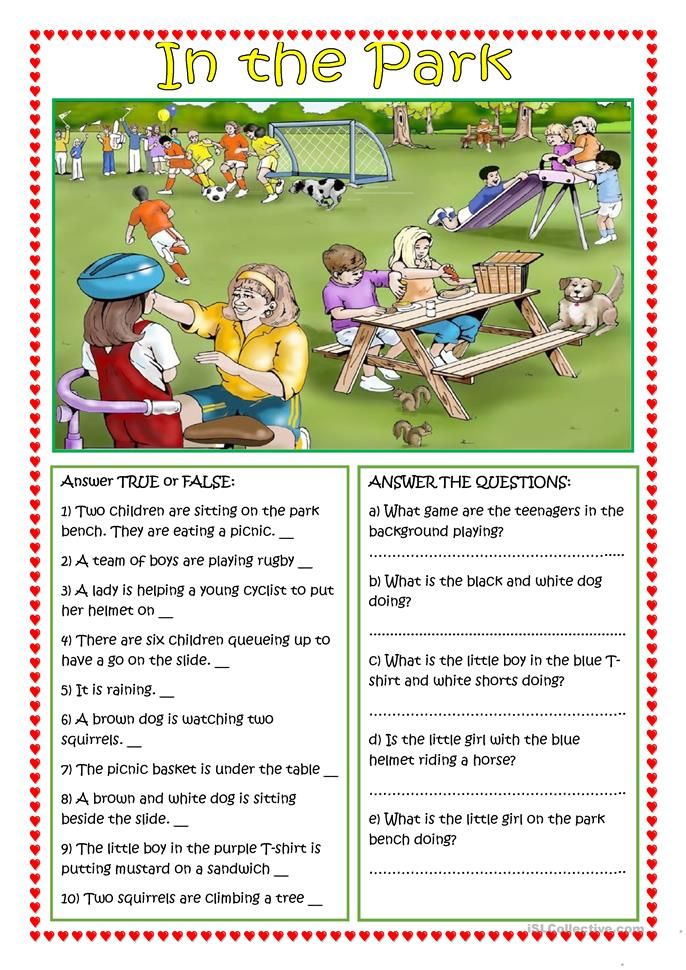 It's also worth mentioning the ease of assembly and durability.
It's also worth mentioning the ease of assembly and durability.
Toys for "war"
Soldiers, machine guns, etc. For children, it is important to mention sound / light effects (if any), paint the colorfulness of the product. For parents - dwell on their strength and safety.
Wooden toys
They are gaining popularity, but they are still extremely niche and expensive. Be sure to mention the advantages: environmental friendliness, pleasant tactile sensations, naturalness.
Cost Calculator
| Calculate it yourself |
Unusual toy-themed copywriting
Standard descriptions in the online store and social media posts certainly attract buyers. But to stand out from the competition and create something unique. you can generate unusual materials for children of their parents:
Optional additions to existing toys
These can be special scenarios with sold toys that may be of interest to children or an electronic book with a description of all models of one series and interactive elements.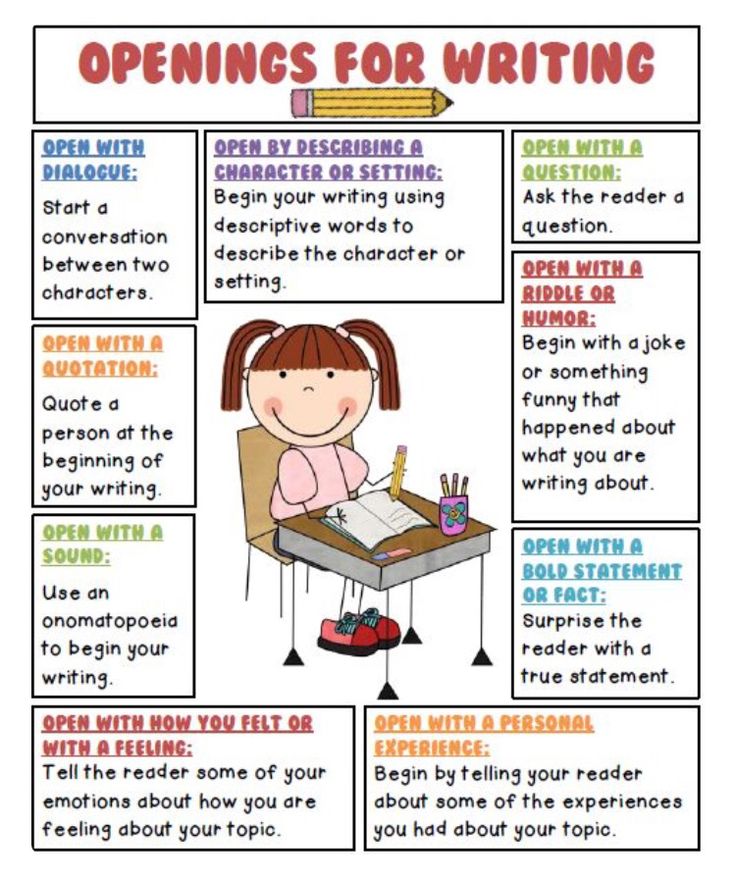 Yes, such content is time and resource consuming, but it allows you to build a loyal customer base, especially if you have a unique product line.
Yes, such content is time and resource consuming, but it allows you to build a loyal customer base, especially if you have a unique product line.
Activity in social networks
For children - competitions with sending photos or drawings, for parents - tips on education and symbolic gifts (checklists, templates for children's calendars, etc.). In addition to a positive attitude towards the brand / store, the value of your product increases.
Release your own app on iOS and Android
It can contain building instructions, useful tasks for kids every day, and of course, discounts, promotions and reminders. In exchange for useful children's content, you get free advertising on the buyer's phone and the ability to personalize it.
Content must be directed to parents as advertising to minors is heavily restricted.
What are the difficulties with
articles and descriptions for children's toys?
Content for children's toys
- Multidirectional content.
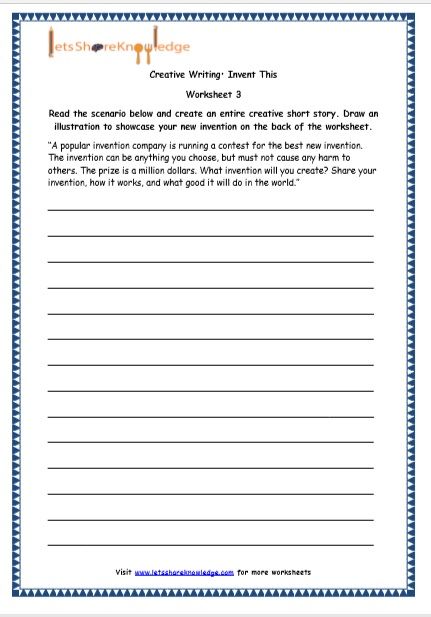 It should cause a positive reaction in both schoolchildren and adults 30-40 years old. In addition, many parents have formed the objection that the toy needs to be “felt” before buying. To break this belief, we need texts that inspire confidence in the toys being sold.
It should cause a positive reaction in both schoolchildren and adults 30-40 years old. In addition, many parents have formed the objection that the toy needs to be “felt” before buying. To break this belief, we need texts that inspire confidence in the toys being sold. - The need to stand out with limited funds. The market for children's goods is filled with various offers with bright advertising. But in the texts you can not use certain advertising techniques that copywriters are used to.
Where can I order gaming-themed copywriting?
To ensure you get good copy on your toy website, contact 9WRITER. Among our copywriters there are experienced specialists in all topics who are familiar with all the restrictions and tricks that can be used in texts about toys. Our manager will select the right specialist within 24 hours. Work will begin immediately after your application!
Send a request
How to write an essay on the Russian language and literature
An essay is a discussion on a given topic, a presentation of one's emotions and thoughts in a text.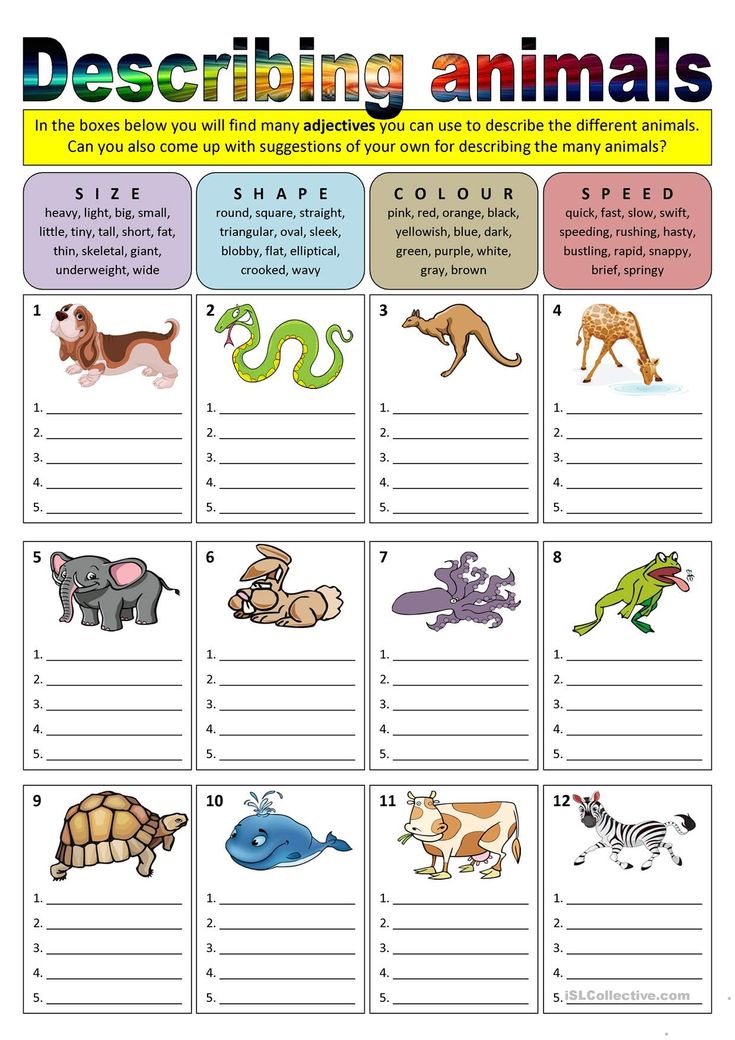 At school, essays are written from the elementary grades - at first they are descriptions of paintings or a view from a window. In high school, teenagers are offered to analyze literary works and speculate on eternal topics: friendship and love, life and death, choice of profession. Schoolchildren write essays not only on literature, but also on history, social studies and foreign languages.
At school, essays are written from the elementary grades - at first they are descriptions of paintings or a view from a window. In high school, teenagers are offered to analyze literary works and speculate on eternal topics: friendship and love, life and death, choice of profession. Schoolchildren write essays not only on literature, but also on history, social studies and foreign languages.
Good writing skills are indispensable not only in studies, but in the future this skill can become a competitive advantage in work and even the main source of income (journalism, copywriting, blogging).
In this article you will find a step-by-step guide to writing different types of essays, as well as universal techniques and tips to help your child create concise and interesting texts.
How to start writing an essay
Fear of a blank slate is the first problem a child faces when writing a text. The introduction is a responsible and rather difficult part of the work on the essay.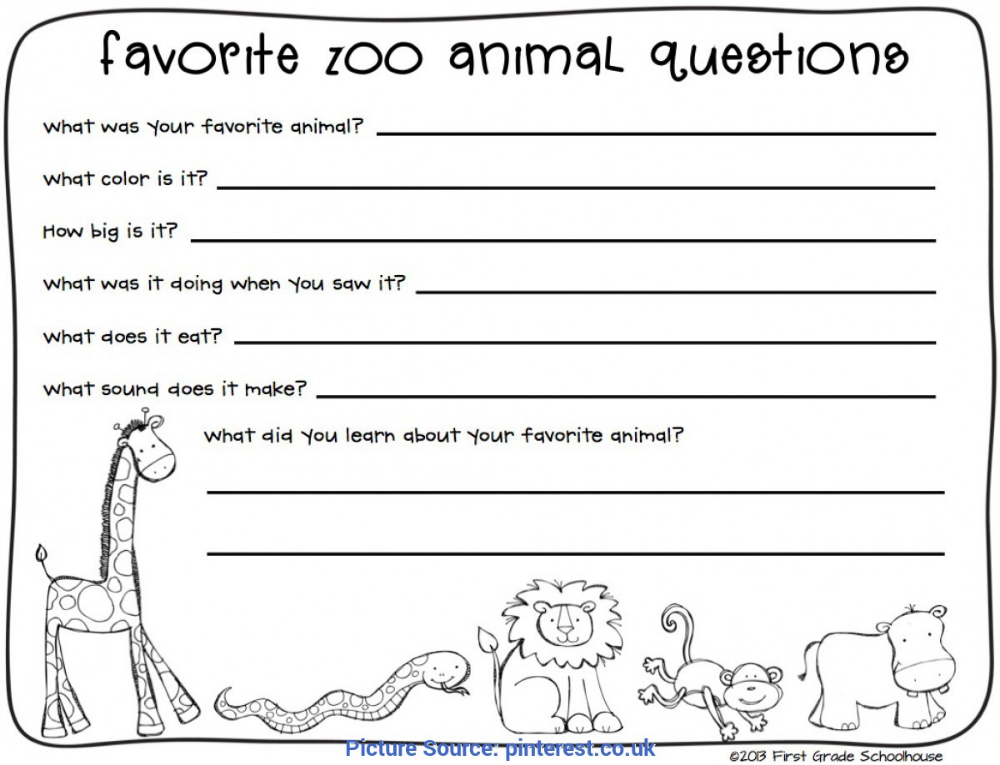 Following the steps below will make this task easier for your child.
Following the steps below will make this task easier for your child.
Step 1. Think about the topic
First of all, you need to understand what you want to talk about in the text. Invite the child to verbally reflect on the given topic of the essay. If it is formulated too broadly, help to concretize it and formulate thoughts that are appropriate for this topic.
Step 2: Learn the context
Often, writing an essay may require additional information. For example, if the essay is based on a literary work, make sure that the child not only read it, but also imagines the personality of the author and the era in which he worked. This information will serve as an occasion for reflection, which can be reflected in the essay.
<
Essay structure
Any essay consists of an introduction, main body and conclusion. The introduction usually introduces the reader to the topic. As a rule, it occupies no more than 20% of the text.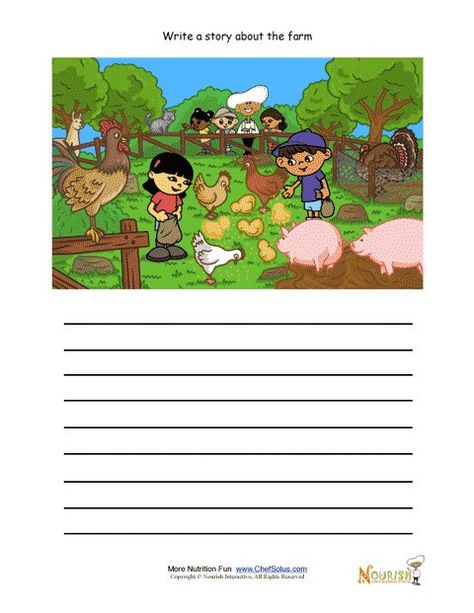 In the main part, the stated topic should be disclosed and explained. In conclusion, the results are summarized. Its volume should not exceed the volume of the introduction.
In the main part, the stated topic should be disclosed and explained. In conclusion, the results are summarized. Its volume should not exceed the volume of the introduction.
However, depending on the type of composition, its structure will be different. In school literature lessons, there are three main types of essays, each of which has its own goals and requires an individual approach.
How to write an essay-description (characteristic)
Plan of an essay-description
An essay-description involves depicting some phenomena, their signs, reasoning about them. The subject of the description can be internal and external portraits of characters, objects of painting, nature, and so on.
Examples of themes of such essays: “The image of Grigory Pechorin in the novel by M.Yu. Lermontov “A Hero of Our Time”, “A Painting by A.K. Savrasov “The Rooks Have Arrived”, “Nature in late autumn”.
The plan of the essay-description is best built according to the following model:
- Presentation of the subject of the essay.
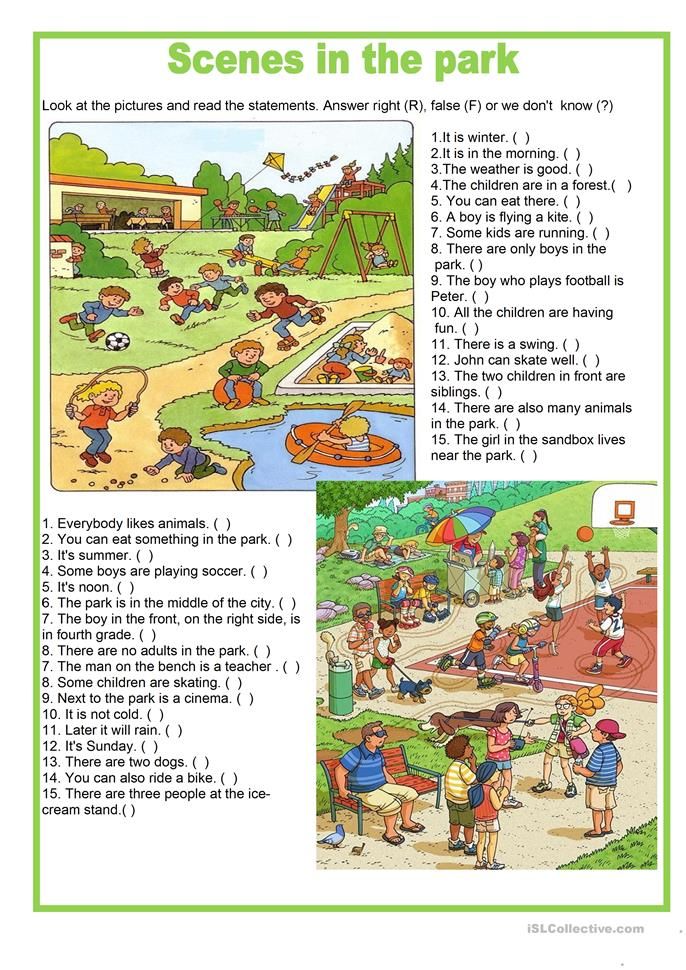 If the essay is about a real person, then the student needs to write who this person is, when he lived and what he became famous for, if it is about a character, indicate his role in the plot.
If the essay is about a real person, then the student needs to write who this person is, when he lived and what he became famous for, if it is about a character, indicate his role in the plot. - The main features of the subject of the essay. In the second part, one should talk about the appearance and character of a person or character, or describe the signs of an object or phenomenon. It is important that the child does not just list the properties, but singles out the features that distinguish the subject of the description, tells how they manifest themselves and what they influence.
- Student's opinion about the subject of the composition. The student can tell what sensations and associations the subject evokes in him, express any thoughts on the given topic. Parallels can be drawn with literary works and life events.
At the end of this part, a personal attitude to the subject of the description should be expressed.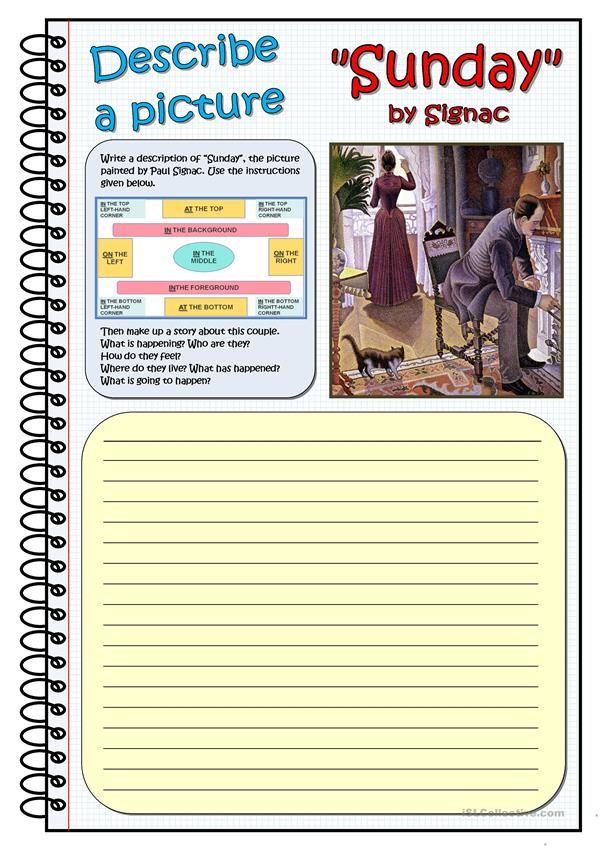 If a child does not like a hero, character or event, he has every right to write about it. The main thing is to argue your position, that is, to explain why.
If a child does not like a hero, character or event, he has every right to write about it. The main thing is to argue your position, that is, to explain why. - Conclusion. The last part of the descriptive essay should contain a brief conclusion from the above. Help the child answer the question: what is the significance of the individual characteristics of the subject of the essay for life or plot.
How to write a narrative essay
Narrative essay plan
Narrative involves telling about events in their time sequence. For example: “Siege of Leningrad”, “How I spent the summer”, “A funny incident from my life”.
To prepare your child for storytelling, discuss the topic with him and make sure he has enough information about it. If necessary, use the Internet to fill in knowledge gaps. Then ask the child to tell the story they are going to transfer to paper. This oral story will become the basis for the essay.
The plan of the essay-narrative corresponds to the classical structure of a literary work:
- Introduction.
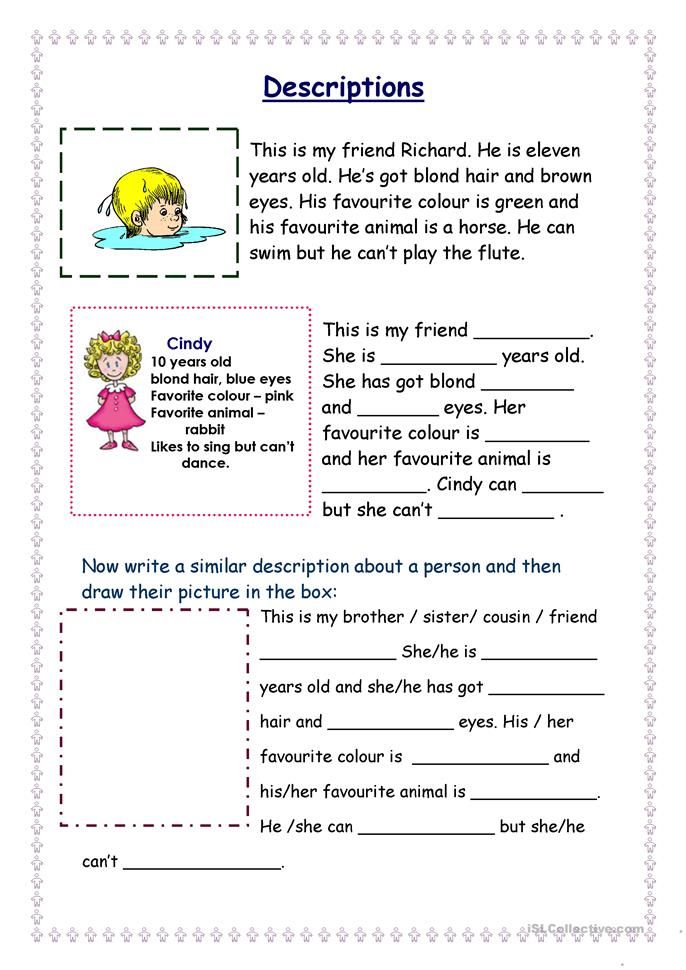 To begin with, the student needs to briefly indicate the time and place of the events that will be discussed.
To begin with, the student needs to briefly indicate the time and place of the events that will be discussed. - Tie. Start of action. It gives brief characteristics of the heroes of the upcoming story and describes the events preceding the climax.
- Climax. The development of the action leads to the main event of the story. This should be the most intense and vivid moment of the story, the thing for which everything was written.
- Interchange. The end of the story. Description of the events that followed the climax: what the actions of the heroes led to and how it all ended.
- Conclusion. At the end, the student can reflect on what conclusions he has drawn from this story, and express his attitude towards the characters and their actions.
How to write an essay-reasoning
Plan of an essay-reasoning
Essay-reasoning involves the presentation of one's own thoughts on a given topic.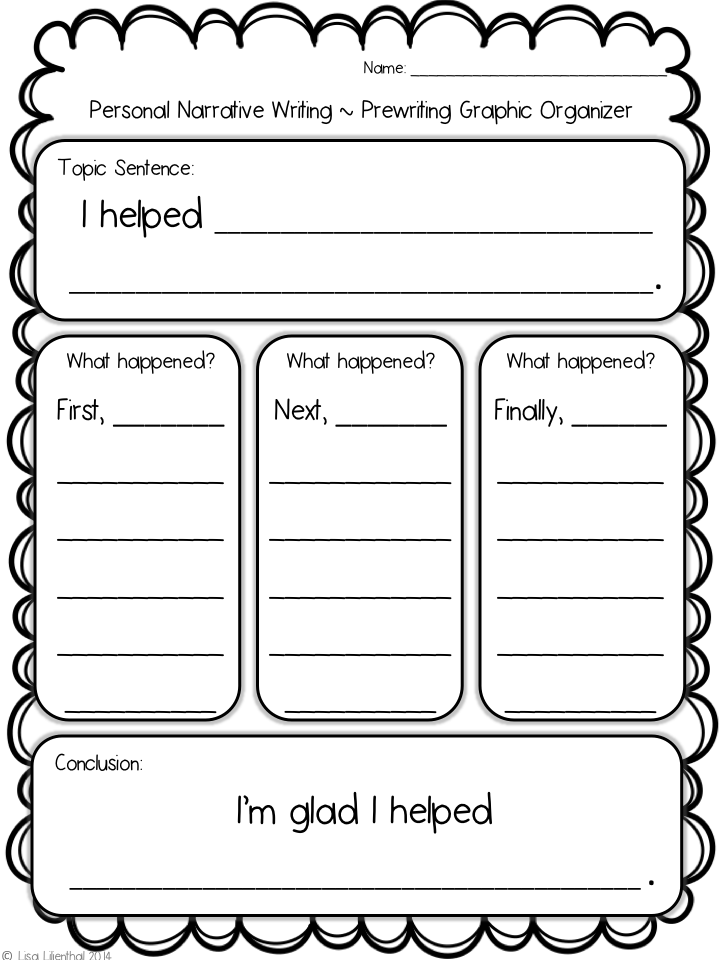 This can be a review of a book you read, a story about your attitude to a social phenomenon, and the like. To write a reasoning, it is important to consider the problem from different angles and draw conclusions. Examples: “What is friendship”, “How society affects a person”, “What I understood after reading the story of A.P. Chekhov "The Man in the Case"
This can be a review of a book you read, a story about your attitude to a social phenomenon, and the like. To write a reasoning, it is important to consider the problem from different angles and draw conclusions. Examples: “What is friendship”, “How society affects a person”, “What I understood after reading the story of A.P. Chekhov "The Man in the Case"
Before starting work on a reasoning essay, try to discuss a given topic with a child, let him express his attitude towards it and explain why he thinks this way and not otherwise. From these discussions, and possibly disputes, the child will be able to compose material for work.
The structure of the essay-reasoning:
- Introduction (thesis). Starting the discussion, the student must express his attitude to the problem identified in the topic. The most convenient way to do this is in two ways:
• start an essay-reasoning with a quote that corresponds to a given topic, and comment on it, expressing your agreement or disagreement;
• if the thesis is already stated in the topic, for example "Beauty will save the world", you can ask a counter question: "Why . ..?", "Is it really ...?".
..?", "Is it really ...?".
- Arguments. In the main part of the work, the student needs to convince the reader to agree with his point of view. To do this, you can use your own experience, quotations from the literature, expert opinions, statistics, and so on. The more convincing and varied the arguments, the better.
If the topic of the essay is quite controversial, it is worth considering an alternative point of view and give counterarguments : “On the other hand ...”, “There is another opinion ...”.
- Conclusion. In the final, it is necessary to clearly and concisely summarize the above: describe how important the problem is for society, what can and should be done to solve it.
Peculiarities of essays for the OGE and the Unified State Examination
The essay is a mandatory part of the state final certifications - the OGE and the Unified State Examination.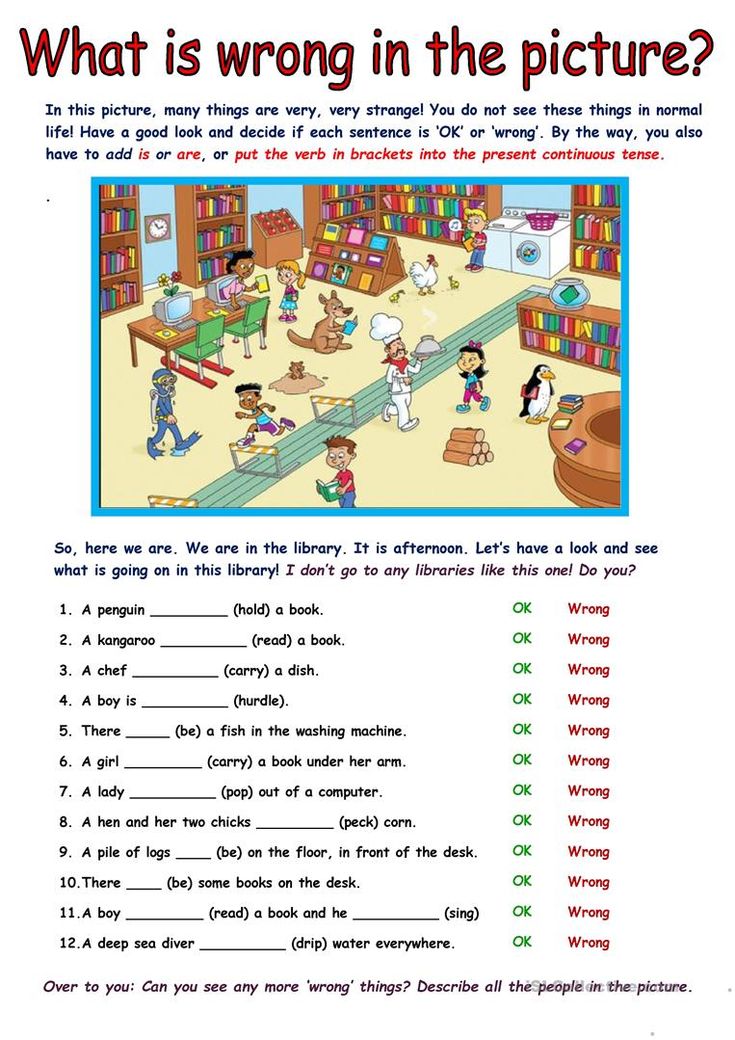 At the OGE, schoolchildren are waiting for small essays-reasoning. Eleventh-graders will have to write a final essay for admission to the unified state exam. In addition, essays are included in the exam in the Russian language, literature, social science and history.
At the OGE, schoolchildren are waiting for small essays-reasoning. Eleventh-graders will have to write a final essay for admission to the unified state exam. In addition, essays are included in the exam in the Russian language, literature, social science and history.
<
Differences between an essay and an essay and presentation
Essays are often confused with an essay, but these types of works differ in purpose, structure and style of writing.
The school essay assumes a rather rigid structure, obligatory argumentation of the author's position and a restrained, narrative tone. The task of the essay is to teach the student to formulate his impressions in writing, to express thoughts in a logical sequence, to analyze fiction, to draw conclusions and generalizations.
An essay is a work of art that reflects the author's subjective position on an event, problem or phenomenon. Its structure can be arbitrary, the author's opinion is not necessarily supported by arguments, and any means of artistic expression can be used in the text, including rhetorical questions and phraseological units. Also, an essay does not necessarily end with a conclusion.
The presentation should not be confused with the essay. It is a written retelling of the text, a concise and abbreviated interpretation of what is heard or read and does not involve reasoning. The task of the presentation is to check how well the student is able to remember and reproduce the information received.
<
Why writing essays is useful
- Essays teach you to think. To write a text, you have to analyze a lot, look for information in books and the Internet, generalize your own or someone else's life experience.
- Essays teach to find the necessary facts, check and compare them.
- Compositions develop logical thinking. Texts have a structure, all parts of which must be connected by the main idea. Tracking the logic of the narrative is an important skill that will come in handy later both as a student and at work.
- Compositions awaken creativity.
 Writing according to a template is boring and harmful. To write something really interesting, you have to show imagination. Lovers of essays at school often become writers in the future.
Writing according to a template is boring and harmful. To write something really interesting, you have to show imagination. Lovers of essays at school often become writers in the future.
How to fall in love with writing essays
If you want your child not only to learn how to write formulaic essays, but to feel a taste for literary creativity, we offer a few simple tips.
Have your child start a personal diary or blog. Let him try to describe interesting events in his life, meeting people, impressions from books and films, reasoning about what worries him. Such records are also a kind of essay, they will help you learn how to analyze and correctly build sentences.
Instill in your child a love of reading books, especially classics - this is a great help for those who want to learn how to write compositions correctly. Books expand vocabulary, teach how to build sentences beautifully and competently, develop imagination and make you think. The book will be more effective if, after reading, the child writes a review on it.